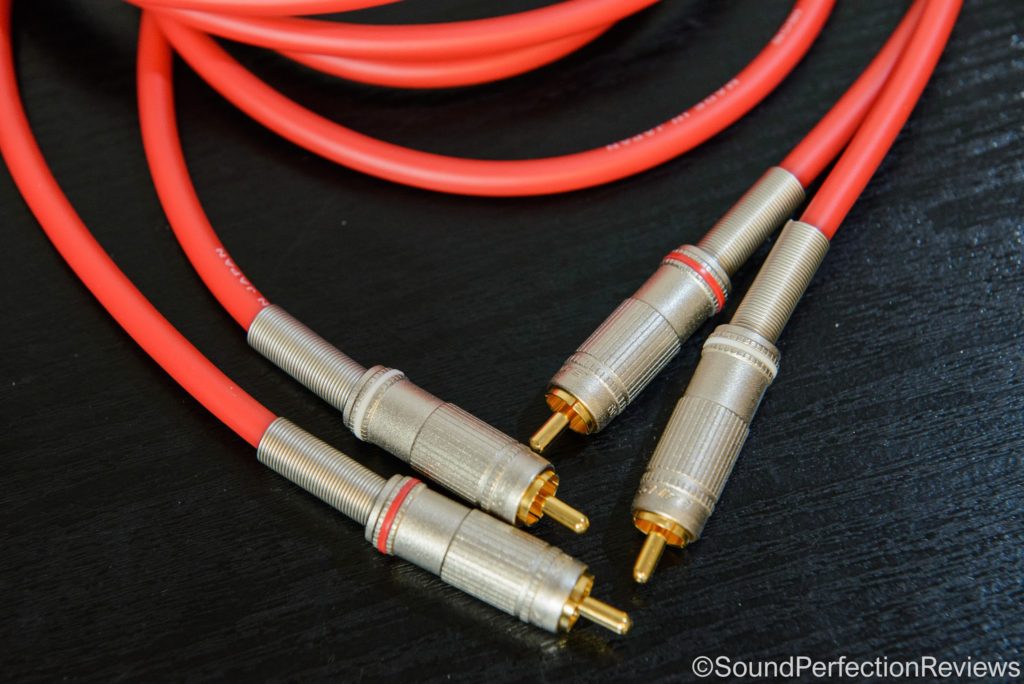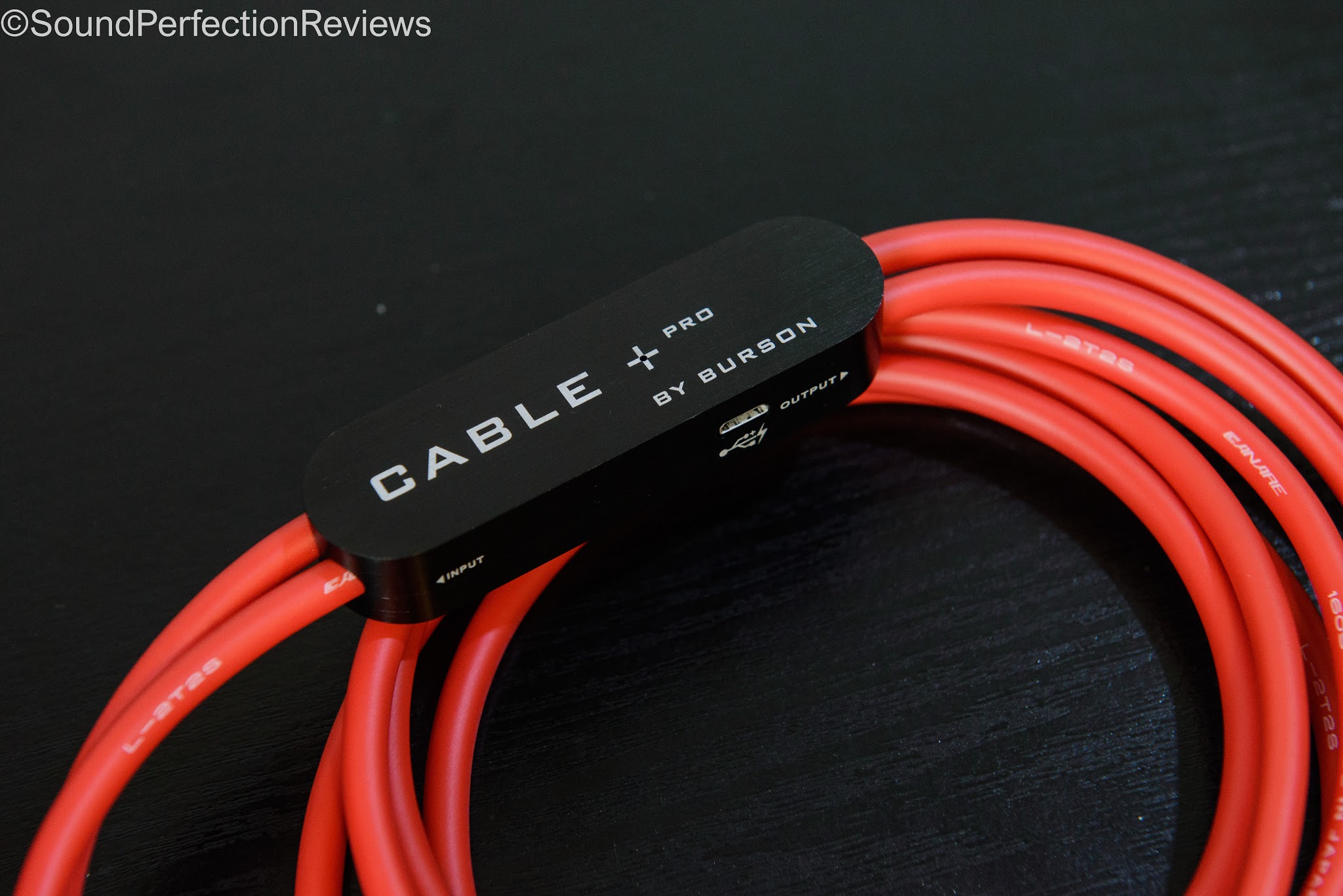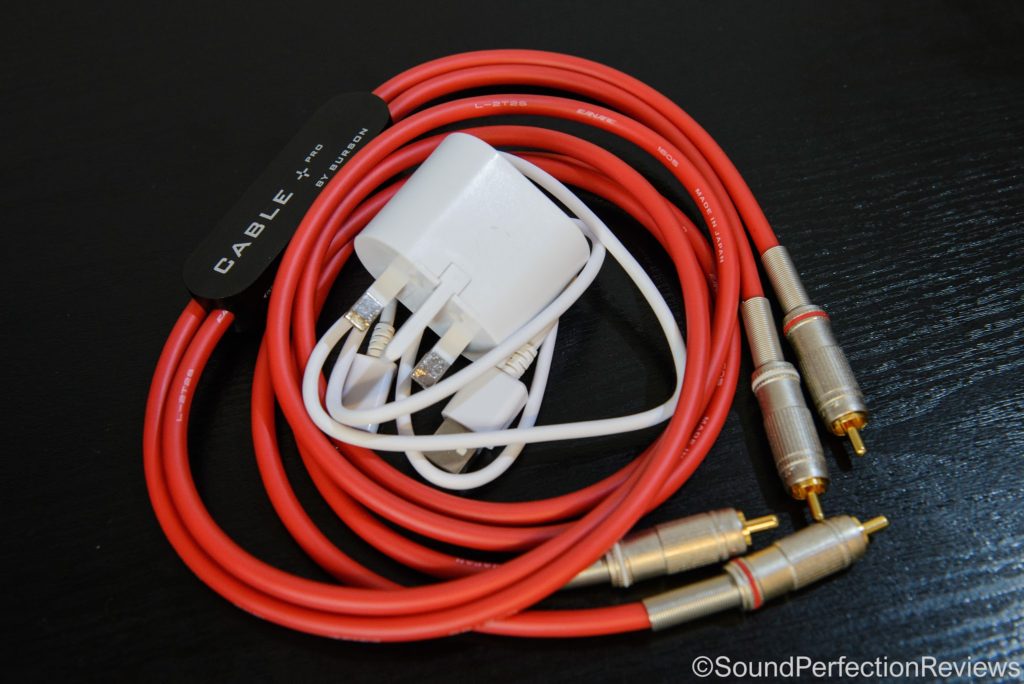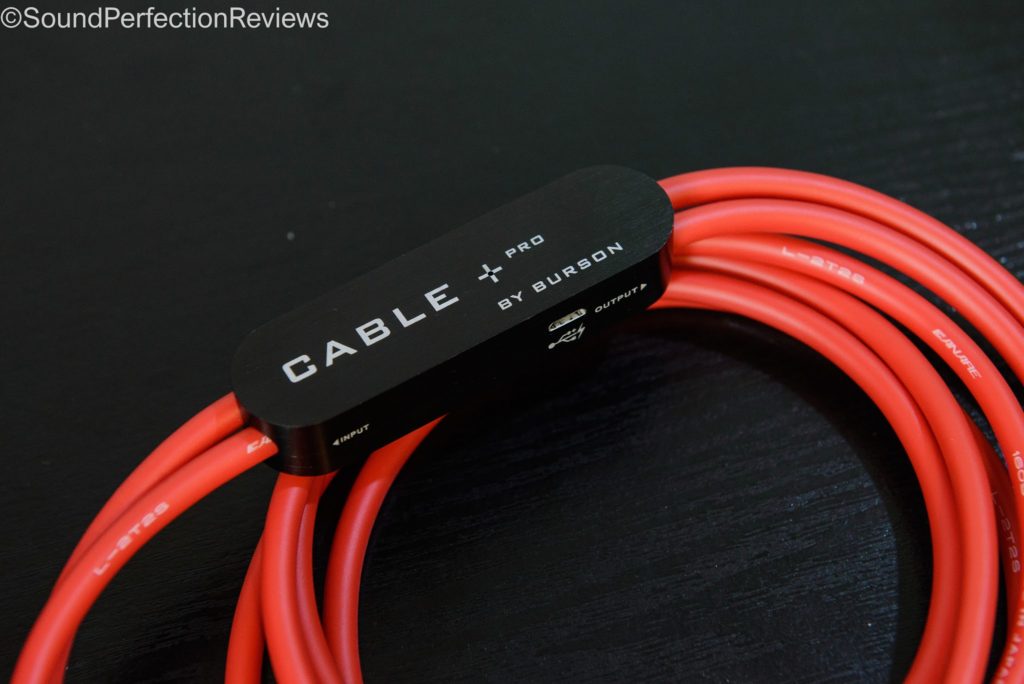Firstly I would like to thank Burson for this sample; I recently reviewed their V5i op-amps and was approached to review their new Cable+ Pro. Many out there are not believers in cables, but this is not just an analogue interconnect, it is an active buffer too. The cable has had more than 100hrs of burn-in, I couldn’t detect any real differences.
Gear Used: Chord Hugo > Burson Cable+ Pro > Feliks Audio Espressivo > HD800s (for A/B testing between another cable).
Now I use it in my home system and use it between my JDS Labs OL DAC and my Marantz PM-5005 which has the tape-out connected to my headphone amp.

Tech Specs:
Can be found on their website: https://www.bursonaudio.com/products/cable-plus-pro/
MSRP: $199
Packaging and Build quality:
The Cable+ Pro comes in a thin plastic box with the model on the front and some info on the back, the box really is nothing luxurious but then again once you have plugged the cables in you won’t need it. It protects the cable during shipping and holds the contents securely; inside you have the cable, micro USB cable and power supply.
The cable is superbly built with Canare cable and connectors, the active buffer is fully discrete and housed in a brushed aluminium shell with a simple micro USB input on the side. There is an LED that will let you know it is on. The cable is very well made and I see no issues with the build quality.
Just make sure you connect it the right way around as it is directional, and also to connect it to the mains power before powering on your equipment.
What it does:
Now Burson claim this cable is good for preventing impedance mismatching between components, now I personally did not know this was much of an issue.
Now there will be plenty of purists who will argue that putting extra circuitry in the signal path is going to degrade SQ, but I would let them hear this cable and tell me otherwise.
Here is what Burson have to say on the matter:
“Does this problem exist in audiophile systems?
Absolutely! Audiophile components come in much greater varieties when compared to those in pro-audio. Battery vs linear vs switching power supply designs, tube vs solid-state designs, discrete vs IC designs. Each has very different output impedance. This variety results in widespread impedance mismatch and it often exists between the source component and the preamp or integrated amplifier.
Many audiophiles are not aware that the performance gap between what they hear in the dealership demo and what they hear at home after the purchase is a direct result of impedance mismatching between the new machine and the rest of their system.
So why is it hardly ever mentioned?
Because no one in the HiFi industry, from manufacturers to dealers to established magazines want to talk about this problem. Imagine how many people (consumers) will be discouraged from this hobby if they knew how difficult it is to find two pieces of perfectly matched equipment? Furthermore, no manufacturer wants to publish a list of what matches and what doesn’t with each of their products. This industry, like any other, must simplify its message to keep its valued customers.”
Sound:
Now I did some A/B tests with this cable and a nice pair of Chord cables interconnects, it was impossible to volume match due to the slightly louder signal of the Cable+ Pro due to the buffer. The Cable+ Pro does not try to change the sound really, which in my opinion is a good thing. What I did notice was slightly better soundstage and imaging, and also the sound had better separation. The bass, midrange and treble didn’t exactly gain any added presence, however I felt like the presentation was more effortless, dynamic and with a hint of fullness to the sound.
Now these differences are not night and day, but are more easily audible than swapping out regular analogue interconnects. I found when switching back to the Chord cables that the music sounded a little lifeless and not as vivid, as if the dynamic range was reduced.
Conclusion:
For the $199 price, this cable offers more improvement than upgrading to a pair of $199 analogue interconnects, and solves the issue of impedance mismatching, so what’s not to like. The build quality is top notch and there really are audible differences which I found to be beneficial.
Sound Perfection Rating: 10/10 (brings audible change with no snake oil)



